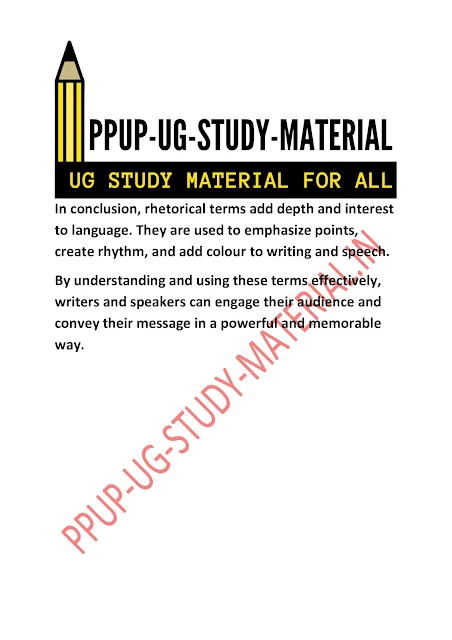Definition with examples of rhetorical terms or figures of speech pdf download - ppup part 2 english honours notes and study material pdf
[ Definition with examples of rhetorical terms or figures of speech pdf download - ppup part 2 english honours notes and study material pdf ]
In this BlogPost we'll cover These Topics - ppup part 2 english honours notes and study material pdf, PPUP part 2 english honours ug study material download, PPUP part 2 english honours ug study material free, PPUP part 2 english honours ug study material online, PPUP part 2 english honours ug study material pdf, PPUP part 2 english honours ug study material quora, patliputra university guess paper 2024 pdf PDF, Figure of speech with examples, 50 figures of speech with examples, 30 figure of speech definition and examples, Figure of speech examples with answers, Figure of speech with examples PDF, 10 kinds of figure of speech with examples, 8 types of figure of speech, 250 figures of speech with examples
Introduction to Definition with examples of rhetorical terms or figures of speech pdf download - ppup part 2 english honours notes and study material pdf
What is Rhetorical Terms ?
Conclusion for Definition with examples of rhetorical terms
I hope You got what you were looking for ..reading this post Definition with examples of rhetorical terms or figures of speech pdf download - ppup part 2 english honours notes and study material pdf... and if you got any query ..you can comment below so we can provide you further assistance.








No comments